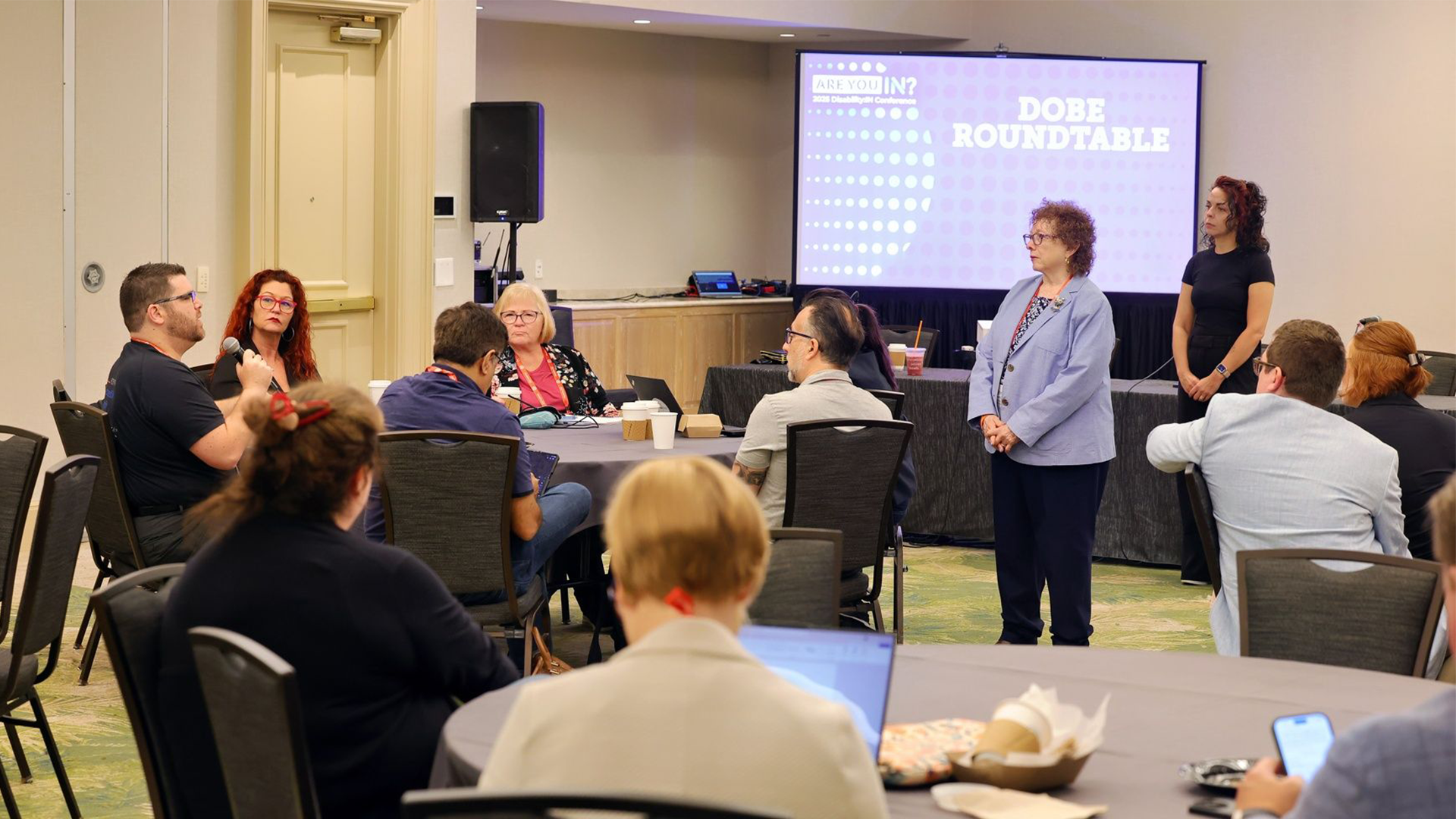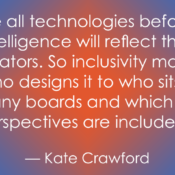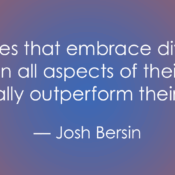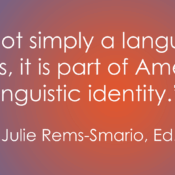
Disability Pride Month Is Here — But Inclusion Must Happen Year-Round
July marks Disability Pride Month, and with it comes a spotlight on the power, culture, and contributions of the global disability community - amassing over 70 million people in the United States (CDC, 2025). From Deaf entrepreneurs to neurodivergent creatives, this month is a celebration of identity, resilience, and progress.
But if July is the only time we talk about disability, we’re missing the point.
Disability awareness cannot be confined to one month a year — just as Deaf awareness doesn’t begin and end in September. The visibility we create in July is only meaningful if it leads to something lasting.
We must ensure disability inclusion doesn’t disappear when the calendar turns. Every day, we have a responsibility to prioritize this work as a foundational component of business success. Reactive accessibility is not inclusion.
With one caveat: effective access is built into the systems and business operations from the very start by proactively involving people with disabilities as a fundamental stakeholder. This means defining and taking an organizational position on accessibility at Day 0 by including disability representation rooted in lived-experience.
Organizations must leverage representation at the very start, rather than expecting people with disabilities to adapt on Day 1 within the confines of a system that they weren’t part of building.
From Visibility to Infrastructure
At last week’s Disability:IN Global Conference & Expo, thousands of professionals and executives gathered to explore how disability inclusion can shape the future of business. As I shared in last week’s blog post, the message was clear: it’s not enough to make statements — organizations must build accessible and inclusive systems which deliver sustainable, measurable outcomes.
During the conference, Disability:IN CEO Jill Houghton shared the following on LinkedIn:
“The companies making lasting impact are the ones embedding disability inclusion into the systems that power the business.”
Essentially, embedding disability into the core of operations is essential for thriving in today’s world.
I found it especially refreshing when Jenny Kim Park, Chief Opportunity & Inclusion Officer at Bank of America, emphasized during the closing plenary that accessibility is a leadership responsibility shared by all managers - not only those who lead teams of people with disabilities.
Leadership responsibility as a best-practice was apparent throughout conversations pertaining to procurement, leadership development, inclusive product design, and employment pathways.
From the main stage to breakout sessions to the show floor at the Disability:IN Conference, accessibility professionals and C-suite executives emphasized one core message: disability inclusion isn’t an optional initiative — it’s a necessary element of how effective managers lead and successful businesses operate.
What Real Inclusion Looks Like
So what does real, sustainable disability inclusion consist of?
It's not a marketing moment. It’s not an HR metric. It’s an operational strategy embedded in the ways organizations hire, build, purchase, and communicate with their employees and customers.
Companies that ranked highly on Disability:IN and American Association of People with Disabilities' (AAPD) Disability Index lead the way in showing us what that looks like in action. These top-ranking businesses didn’t just feature accessibility in their external messaging — they integrated it into core areas of the business.
Specifically, the Disability Index assesses how well companies are doing in terms of disability inclusion within their workplace and operations across categories such as:
- Culture & Leadership
- Enterprise-Wide Access (physical and digital accessibility)
- Employment Practices (hiring, retention, accommodations)
- Community Engagement
- Supplier Diversity
- Non-U.S. Operations
For the past six years, Principal Financial Group earned a score of 100 on the Disability Index. Lisa M. Coulson, Senior Vice President and Chief Human Resources Officer at Principal Financial Group, reflected on this achievement in a press release.
“This recognition is a timely reminder of the importance of continuously evaluating our progress and identifying opportunities to evolve our practices.” – Lisa M. Coulson
Lisa's message is simple: disability inclusion is not a final destination but an ongoing commitment to building sustainable infrastructure where inclusion can thrive.
The Cost of Inaccessibility
When accessibility is an afterthought, the results are predictable: delays, frustration, missed opportunities, and broken trust.
When disabled individuals have to advocate for access repeatedly, that labor adds up. This is known as the Disability Tax.
For Deaf, DeafBlind, and hard of hearing professionals especially, that burden compounds in unique ways—affecting everything from communication access to career advancement.
At 2axend, we call this #TheDDBHHTax: the emotional and administrative toll of constantly pushing for what should already be in place.
This tax shows up in:
- Delayed and/or ineffective onboarding
- Poor healthcare, legal, and workplace experiences
- Reduced employee productivity
- Eroded trust between businesses and the communities they serve
#TheDDBHHTax is not hypothetical. It’s real, measurable, and avoidable when organizations move from reactive accommodation to proactive strategy.
The Disability Market Is Massive — Yet Often Overlooked
Not only is July Disability Pride Month, it also is the anniversary of the Americans with Disabilities Act (ADA), a milestone in disability rights.
Yet, 35 years after the ADA was signed into law by President George H.W. Bush, more than 1.3 billion people globally—16% of the population—still face systemic barriers to access every day.
As I shared in last week's blog post, the economic buying power of disabilities exceeds $13 trillion in annual disposable income. Ignoring this global market isn’t only a gap in inclusion, but a HUGE missed opportunity.
Where Do We Go From Here?
Disability Pride Month is a launchpad — not a finish line. The organizations making the biggest impact aren’t waiting for requests, lawsuits, or special observances to drive change. They’re building for the world as it actually exists: diverse, complex, and interconnected.
At 2axend, we help organizations:
- Align accessibility with business goals and operational strategy
- Redesign onboarding processes with inclusion from day one
- Deliver executive coaching, training, and policy guidance rooted in lived experience
Because when inclusion is designed with the disability community in mind, the outcomes are undeniable.
Final Thought
Disability Pride Month is more than a marketing moment — it’s a movement. The question isn’t whether your business should prioritize accessibility. The question is: what’s holding you back?
If you’re ready to build trust, let’s chat! Contact info@2axend.com to learn how we can help embed access into every layer of your business.



